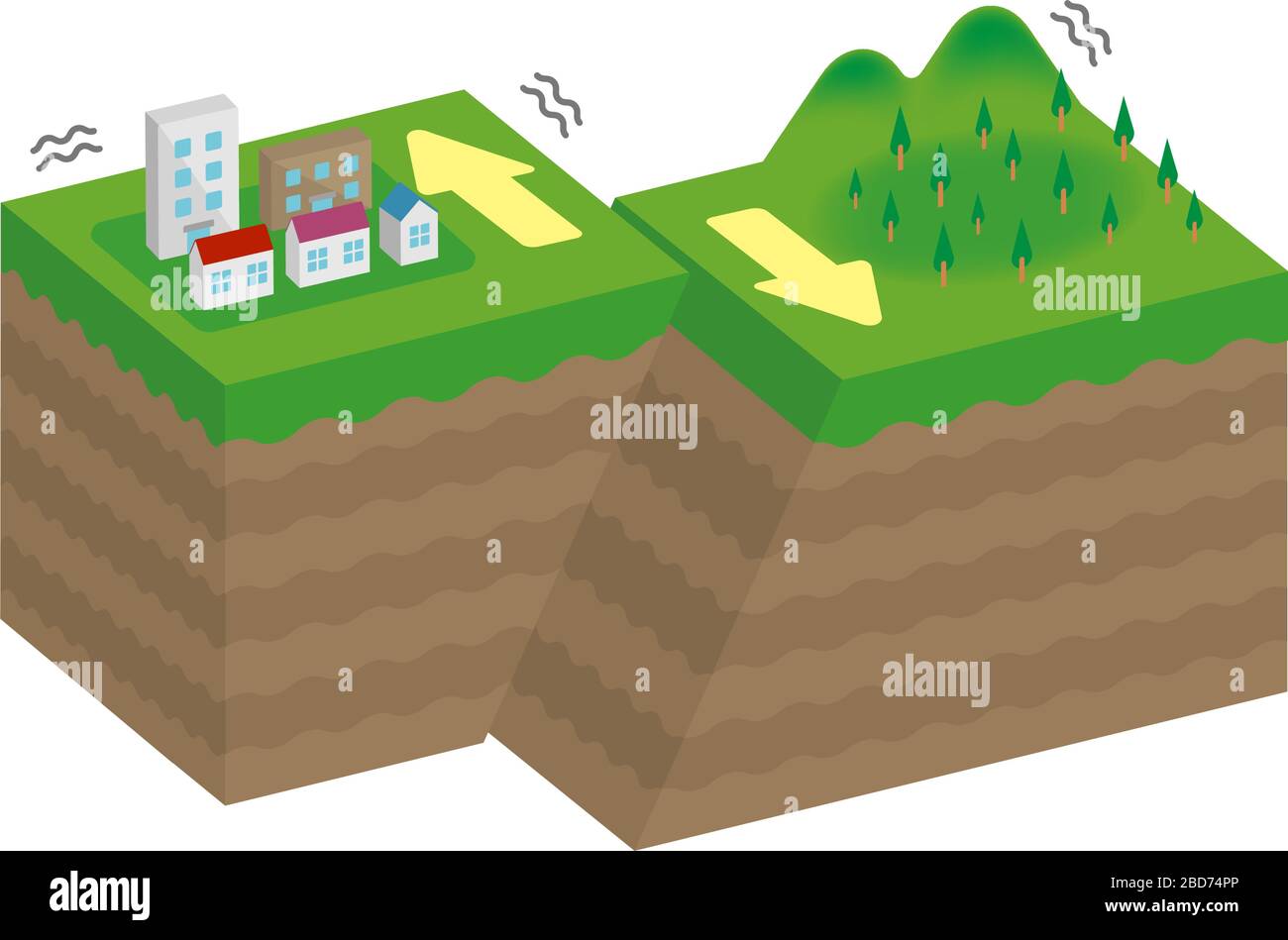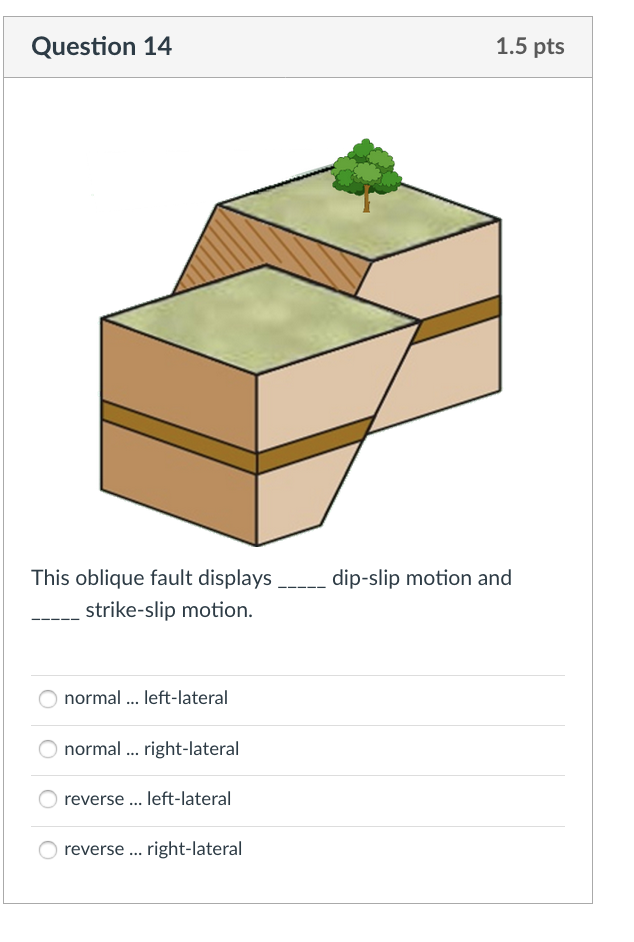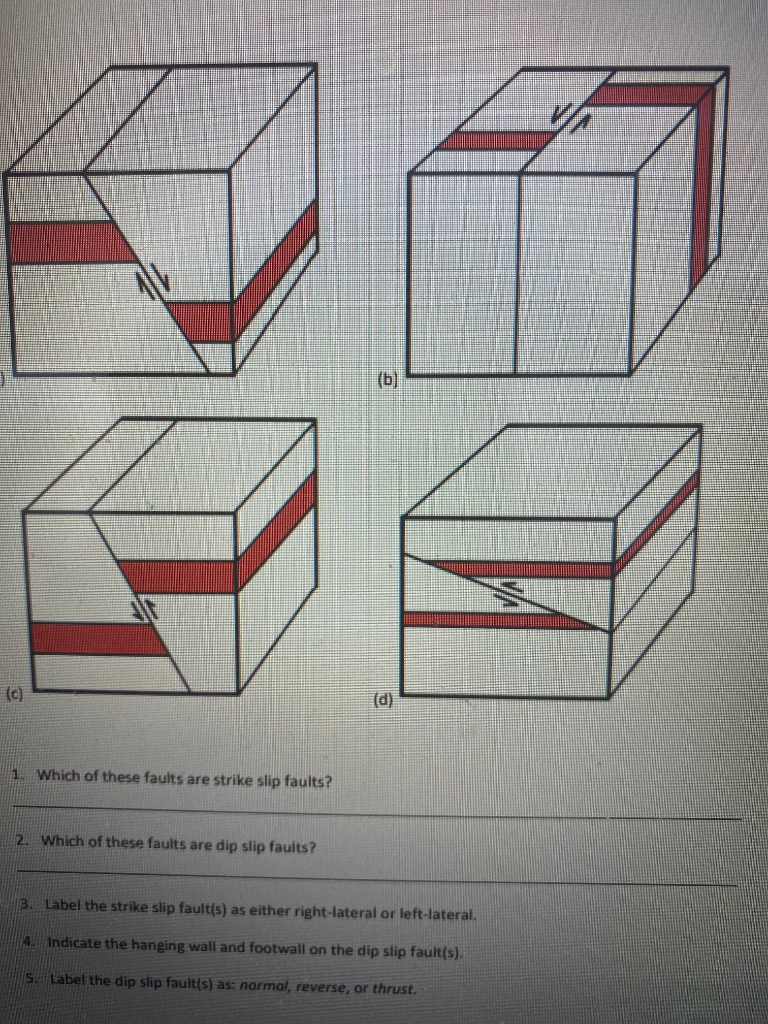

Strike-slip faults are most associated with transform boundaries and are prevalent in fracture zones adjacent to mid-ocean ridges.īends in strike-slip faults can create areas where the sliding blocks create compression or tension. The opposite block moves right relative to the observer’s block in right-lateral or dextral strike-slip motion. In left-lateral or sinistral strike-slip motion, the opposite block moves left relative to the block that the observer is standing on.

Instead, there is left-lateral, called sinistral, and right-lateral, called dextral, strike-slip motion. In the pure strike-slip motion, crustal blocks on either side of the fault do not move up or down relative to each other. Strike-slip faults have a side-to-side motion. “Reverse Faults” by the United States Geologic Survey is licensed under Public Domain. Megathrust faults cause the most significant magnitude earthquakes and commonly cause tsunamis. Convergent plate boundaries with subduction zones create a particular type of “reverse” fault called a megathrust fault. Thrust faults bring older rocks on top of younger rocks and can cause repetition of rock units in the stratigraphic record. A thrust fault is a reverse fault where the fault plane has a low dip angle (generally less than 45 degrees). Reverse faults, caused by compressional forces, are when the hanging wall moves up relative to the footwall. (9 Crustal Deformation and Earthquakes – An Introduction to Geology, n.d.) “ Horst and Graben” by the United States Geologic Survey is licensed under Public Domain. The normal faults of the Basin and Range appear to be-come detachment faults at depth. Extreme versions of listric faulting occur when substantial amounts of extension occur along very low-angle normal faults, known as detachment faults. When the dip of a normal fault decreases with depth (i.e., the fault becomes more horizontal as it goes deeper), the fault is listric.
RIGHT LATERAL STRIKE SLIP FAULT FULL
The mountain valleys of the Basin and Range Province of Western Utah and Nevada consist of a series of full and half-grabens from the Salt Lake Valley to the Sierra Nevada Mountains. Half-grabens are a one-sided version of a horst and graben, where blocks are tilted by a normal fault on one side, creating an asymmetrical valley-mountain arrangement. Where together, horsts and grabens create a symmetrical pattern of valleys surrounded by normal faults on both sides and mountains. Horsts go up relative to adjacent down-dropped blocks and become areas of high topography. Grabens drop down relative to adjacent blocks and create valleys. Grabens, horsts, and half-grabens are all blocks of crust or rock bounded by normal faults. An example of a normal fault is the Wasatch Fault along the Wasatch Range. Normal faults and tensional forces are commonly caused at divergent plate boundaries and where tensional stresses are stretching the crust. Tensional forces create normal faults in the crust. Normal faults move by a vertical motion where the hanging wall moves downward relative to the footwall along with the dip of the fault.

(9 Crustal Deformation and Earthquakes – An Introduction to Geology, n.d.) “ Moab Fault” by Andrew Wilson” is licensed under Public Domain. Joint systems may be regional affecting many square miles. Joints can result from many processes, such as cooling, depressurizing, or folding. A joint or fracture is a plane of breakage in a rock that does not show movement or offset. Slickensides are polished, often grooved surfaces along the fault plane created by friction during the movement. Faults can show evidence of movement along the fault plane. Faults are more prevalent near and related to plate boundaries but can occur in plate interiors. An excellent way to remember this is to imagine a mine tunnel through a fault the hanging wall would be where a miner would hang a lantern, and the footwall would be at the miner’s feet. The footwall is below the fault plane in a dip-slip system, and the hanging wall is above the fault plane. Dip-slip motion consists of relative up and down movement along a dipping fault between two blocks, the hanging wall and the footwall. Normal and reverse faults display vertical, also known as dip-slip, motion.

There are three major fault types: normal, reverse, and strike-slip. Faults are the places in the crust where brittle deformation occurs as two blocks of rocks move relative to one another.


 0 kommentar(er)
0 kommentar(er)
